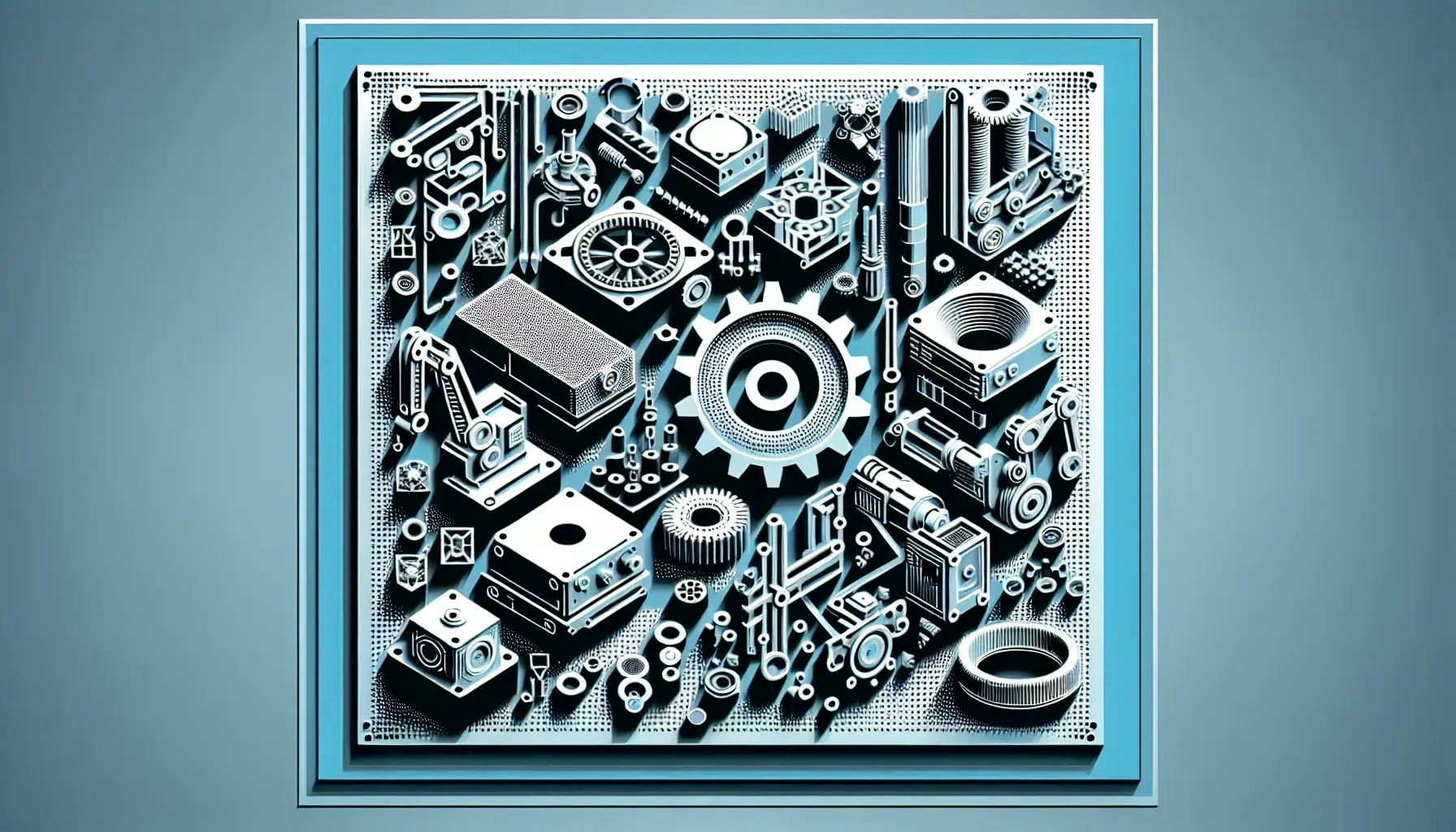Welcome to a comprehensive exploration of additive manufacturing. This post will delve into the various types of additive manufacturing, a revolutionary technology that is reshaping industries worldwide. We will dissect the unique characteristics, applications, and advantages of each type, providing you with a thorough understanding of this innovative field.
Understanding Additive Manufacturing
Additive manufacturing, often synonymous with 3D printing, is a process that creates objects from 3D model data. Unlike traditional manufacturing methods that subtract or carve out material, additive manufacturing builds objects layer by layer. This method offers significant advantages, including reduced waste, complex design capabilities, and rapid prototyping.
The types of additive manufacturing are diverse, each with its unique characteristics and applications. The primary types include Fused Deposition Modeling (FDM), Stereolithography (SLA), Selective Laser Sintering (SLS), Direct Metal Laser Sintering (DMLS), and PolyJet technology. Each type has its strengths and weaknesses, making them suitable for different applications.
Fused Deposition Modeling (FDM)
FDM is one of the most common types of additive manufacturing. It works by heating and extruding a thermoplastic filament, which a printer nozzle deposits layer by layer on the build platform. FDM is popular for its affordability and versatility, making it ideal for prototyping and educational purposes.
Despite its advantages, FDM has limitations. The process can be slow, and the finished products may not have the same high-resolution finish as other methods. However, with advancements in technology, FDM continues to improve and find new applications in various industries.
Stereolithography (SLA)
SLA is the oldest form of additive manufacturing. It uses a UV laser to cure and harden photosensitive liquid resin, layer by layer. The result is high-resolution products with smooth finishes, making SLA ideal for creating prototypes, molds, and production parts.
However, SLA has its drawbacks. The materials used can be expensive, and the process requires post-print curing. Furthermore, the objects produced are not as mechanically robust as those made by other methods. Despite these challenges, SLA remains a popular choice for its precision and quality.
Selective Laser Sintering (SLS)
SLS is another widely used additive manufacturing process. It uses a high-power laser to fuse small particles of plastic, ceramic, or glass, layer by layer. The result is robust and versatile objects that can be used in a variety of applications, from prototypes to end-use parts.
SLS does not require support structures, unlike many other types of additive manufacturing. This feature allows for the creation of intricate designs and moving parts in a single print. However, the process can be expensive and slow, and the finished products may require post-processing to achieve a smooth finish.
Direct Metal Laser Sintering (DMLS)
DMLS is a type of additive manufacturing that works similarly to SLS, but with metal powders. This process creates robust, metal parts that can withstand high temperatures and stresses, making it ideal for aerospace, automotive, and medical industries.
DMLS can create complex geometries and internal features that would be impossible with traditional manufacturing methods. However, the process is expensive, requires extensive post-processing, and can have a steep learning curve.
PolyJet Technology
PolyJet technology is a type of additive manufacturing that offers unique capabilities. It works by jetting tiny droplets of photopolymer materials onto the build platform, which are then cured by UV light. This process allows for the creation of objects with intricate details, smooth surfaces, and a wide range of colors and materials.
PolyJet technology can create multi-material, multi-color parts in a single print, a feature unique to this method. However, the materials used can be expensive, and the objects produced may not be as robust as those made by other methods.
Summing Up the World of Additive Manufacturing
We've journeyed through the fascinating world of additive manufacturing, exploring its various types, from FDM to PolyJet technology. Each type offers unique advantages and challenges, making them suitable for different applications. As technology continues to advance, we can expect to see even more innovative uses of additive manufacturing, further revolutionizing industries worldwide.

